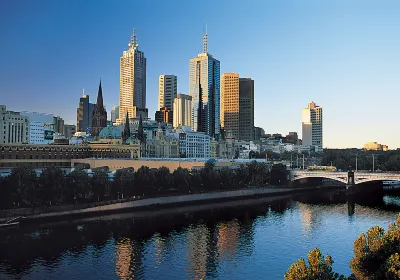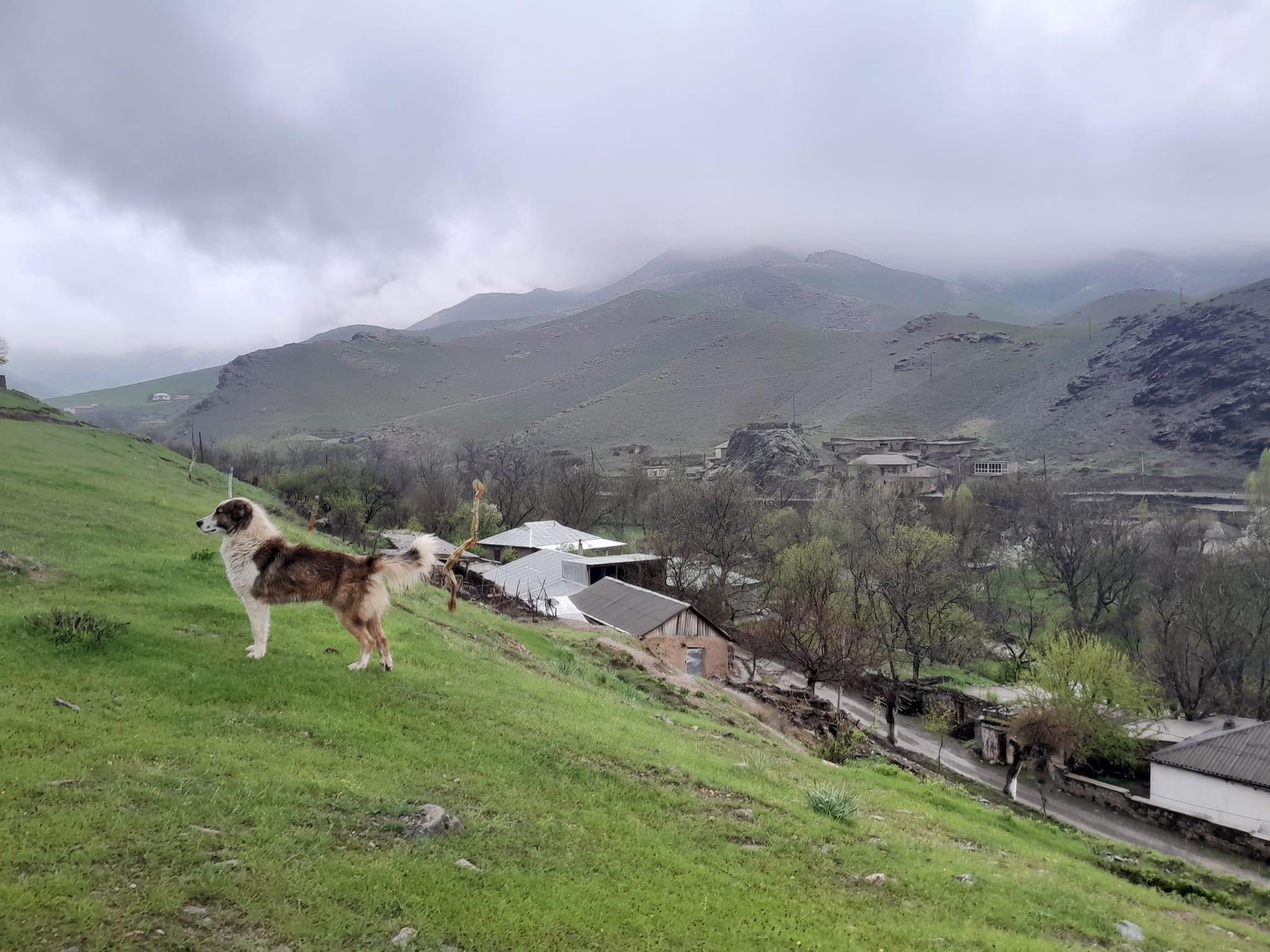Destinations
Popular Destinations
Tokyo Travel | Hong Kong Travel | Manila Travel | Phuket Travel | Beijing Travel | Seoul Travel | Adelaide Travel | Da Nang Travel | Cairns Travel | Xiamen Travel | Chongqing Travel | London Travel | Canberra Travel | Phi Phi Islands Travel | Kathmandu Travel | Malé Travel | Ireland Travel | Esperance Travel | Warrnambool Travel | Wulong County Travel | Burleigh County Travel | Yongji Travel | Yichuan Travel | Minqing Travel | Batang Travel | Yanbian Travel | Junagadh Travel | Tulare County Travel | Hadley Travel | Marfa Travel
Recommended Attractions at Popular Destinations
Bangkok attraction near me | Tokyo attraction near me | Manila attraction near me | Hong Kong attraction near me | Seoul attraction near me | Taipei attraction near me | Los Angeles attraction near me | New York attraction near me | Shanghai attraction near me | Shenzhen attraction near me | Kuala Lumpur attraction near me | Osaka attraction near me | Guangzhou attraction near me | Singapore attraction near me | London attraction near me | San Francisco attraction near me | Beijing attraction near me | Macau attraction near me | Bali attraction near me | Ho Chi Minh City attraction near me | Paris attraction near me | Orlando attraction near me | Jakarta attraction near me | Phuket attraction near me | Chicago attraction near me | Toronto attraction near me | Cebu attraction near me | Dallas attraction near me | Istanbul attraction near me | Dubai attraction near me
Popular Attractions
Yarra River | Melbourne Zoo | Penida Island | LEGOLAND Malaysia | Gubei Water Town | Taman Safari Bali | Genting SkyWorlds Theme Park | Tokyo DisneySea | Ocean Park Hong Kong | Temple of Heaven | The Bund | LEGOLAND® Discovery Centre Melbourne | Jervis Bay | Buderim Forest Park | Shire of Mornington Peninsula | Sakamoto River | Pico de Navahondilla | Shri Vadakkuvashselvi amman | Masjid Attaqwa Dusun Naga | Tamuramiyanomae Park | Old oak | Parc Monlong | Phuljhadi Stadium | Shree Mahapurush Temple, Nanachepani Warkhand | Phuket FantaSea | Chao Phraya River | Jinshanling Great Wall | Wat Sai Floating Market | AQWA The Aquarium Of Western Australia | Hobbiton™ Movie Set Tours
Popular Travelogues
Bangkok Travelogue | Tokyo Travelogue | Hong Kong Travelogue | Seoul Travelogue | Los Angeles Travelogue | New York Travelogue | Shanghai Travelogue | Shenzhen Travelogue | Kuala Lumpur Travelogue | Osaka Travelogue | Singapore Travelogue | London Travelogue | Beijing Travelogue | Macau Travelogue | Bali Travelogue | Paris Travelogue | Phuket Travelogue | Toronto Travelogue
Popular Travel Photos
Beijing travel photos | Shanghai travel photos | Istanbul travel photos | Los Angeles travel photos | Cebu travel photos | Guangzhou travel photos | Dallas travel photos | Shenzhen travel photos | Orlando travel photos | Toronto travel photos | Osaka travel photos | Tokyo travel photos | Hong Kong travel photos | Dubai travel photos | Macau travel photos | Taipei travel photos | Seoul travel photos | Phuket travel photos | Kuala Lumpur travel photos | Manila travel photos | Ho Chi Minh City travel photos | Paris travel photos | Singapore travel photos | London travel photos | Bali travel photos | New York travel photos | San Francisco travel photos | Chicago travel photos | Bangkok travel photos
Trending Travelogues
Best N Seoul Tower Guide: Must-Knows Before You Go! | Complete Guide to Fansland Web3 Music Festival: Tickets, Artists & More | JR Pass: All You Need to Know About Travel in Japan | Best Thailand eSIM Guide: 5G data eSIM from $5.98! | 🥳Trip.com is giving away 10 nights of free hotel stay! Post one Trip Moment to join now!! | New Trip Moments Community User Level Guide | 2024 Cherry blossoms in Japan: A big feast for the eyes | India Public Holidays in the Year of the Rabbit 2023 | New Trip Moments Community User Levels | 2024 Guangzhou Travel Guide: Plan Your Travel To Guangzhou | 2024 Shenzhen travel | Where To Stay, Eat & Explore | 2024 Chengdu Travel Guide - Best Things to do in Chengdu | Xi’an Travel Guide: Best Things To Do in Xi’an, China | Shanghai Travel Guide: What to Know Before You Visit Shanghai | Guidance of Arrival and Departure cards for international tourists | 2024 An ultimate guide to Legoland Malaysia: A fun paradise for all ages | All you need to know before you go: Singapore entry requirements | All you need to know before you go: Macao entry requirements | The Best Attraction in the UK's Most-visited Cities 2024 | The Most Instagrammable Hotels in London 2024 | 2024 Ski Season: AU vs NZ Guide | Top Easter Getaways for 2024 | Trending Destinations in 2024 | The 10 Best Game of Thrones Film Locations to Visit in 2024 | The hottest things to see and do in Japan 2024 | Romantic destinations for Valentine’s Day in 2024 | Top 10 places to view beautiful cherry blossoms across the globe 2024 | Ultimate guides: How to travel from Singapore to Malaysia? | All you need to know before you go: Canada entry requirements | Macao public holidays in the Year of the Rabbit 2023
About
Payment Methods
Our Partners
Copyright © 2024 Trip.com Travel Singapore Pte. Ltd. All rights reserved
Site Operator: Trip.com Travel Singapore Pte. Ltd.
Site Operator: Trip.com Travel Singapore Pte. Ltd.





















